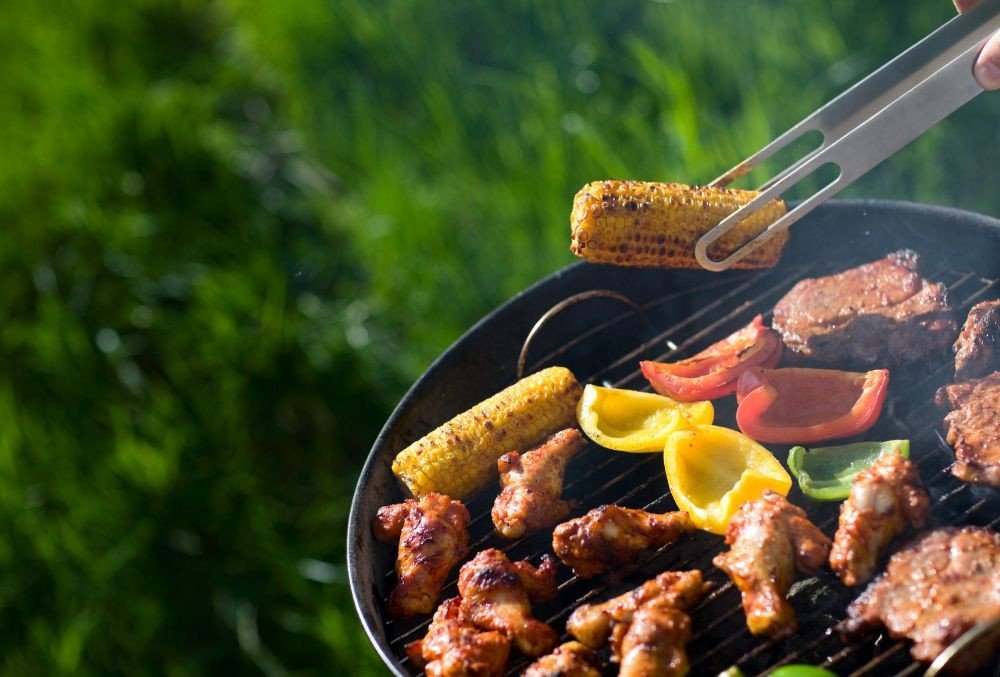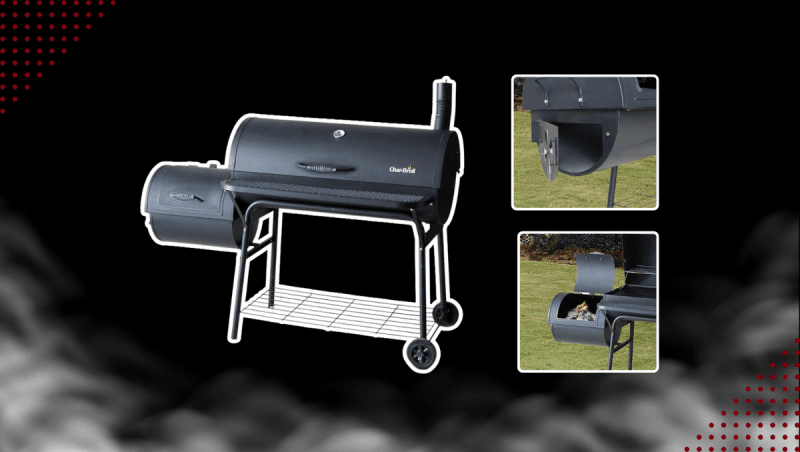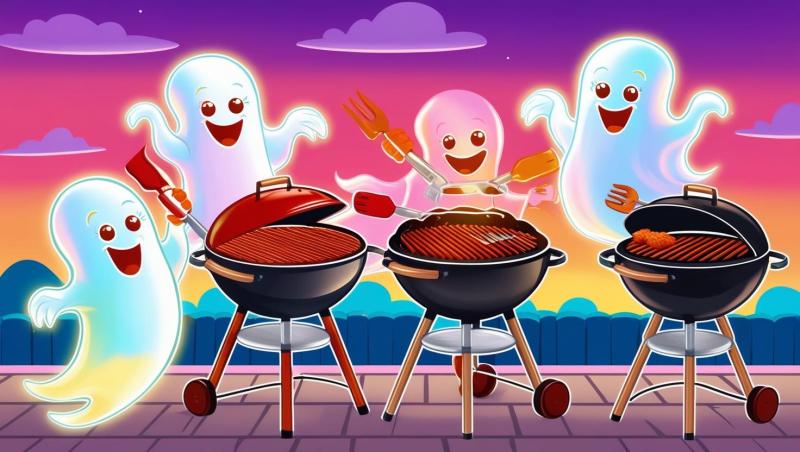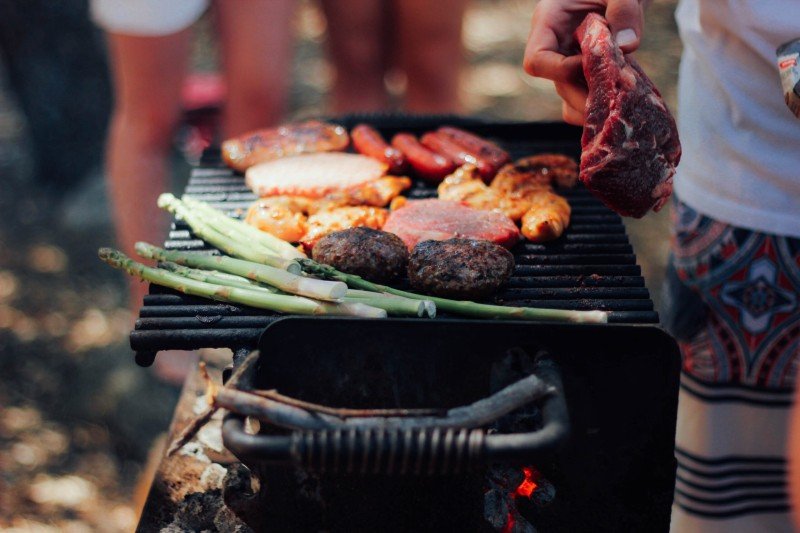Barbecue is a mix of talents. There is the choice of meat (or in some cases vegetables), the creation and choice of sauce, and of course the flame. Once the components are gathered together, then the real talent starts with the maintenance of the flame, smoke, turnings and sauce applications.
We are going to focus on the flame, and the types of flame sources for our barbecue. There are basically three main sources in use today: Wood, Charcoal, and Natural gas or propane.
Natural Gas and Propane
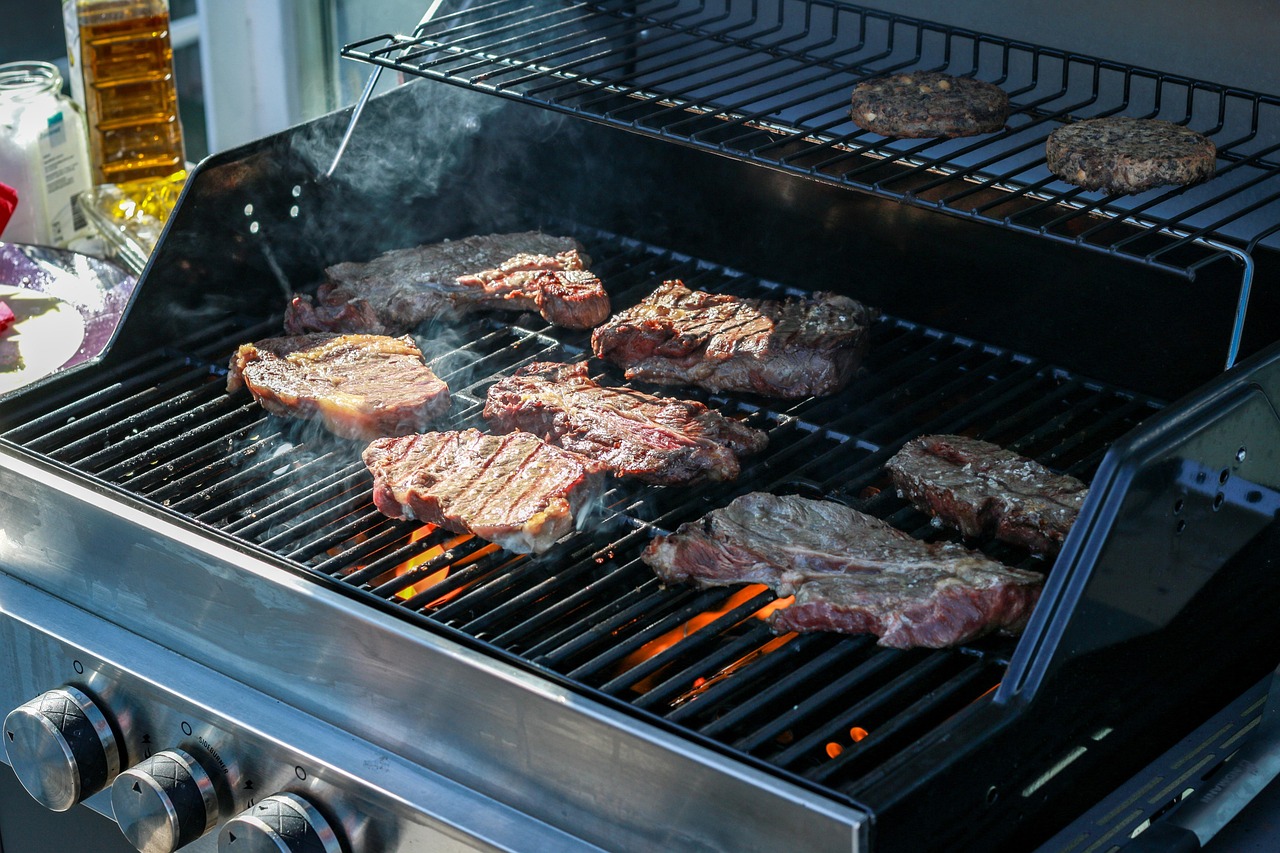
Gas grills are easy to light. The heat is easy to control (via knob-controlled gas valves on the burners), so the outcome is very predictable. They result in a very consistent and tasty result, although some charcoal purists argue it lacks the flavors available only from cooking with charcoal. Advocates of gas grills claim that gas cooking lets you “taste the meat, not the heat” because it is claimed that charcoal grills may deposit traces of coal tar on the food. Many grills are equipped with thermometers, further simplifying the barbecuing experience. However propane and natural gas produce a “wet” heat that can change the texture of foods cooked over such fuels.
Gas grills are significantly more expensive due to their added complexity, and higher heat. They are also considered much cleaner as they do not result in ashes (which must be disposed of) and also in terms of air pollution. Proper maintenance may further help reduce pollution.
Propane Grills
Propane grills are also useful for someone in small areas, since they can come in smaller sizes.
Gas grills work by a spark igniting the gas within the grill. Gas grills typically have a knob or button in which you push, which in turn activates a small hammer. The hammer hits the top of an ignition crystal. Then the burner mixes the gas with oxygen and spreads it all over the cooking surface.
Propane grills use propane gas to cook your food. If you want to quickly cook foods while still maintaining a grilled flavor, you may want to consider Propane grills.
Gas grills, unlike some of the other grills types, have the ability to come with many different types of cooking surfaces. These different cooking surfaces include a BBQ surface, a flat grill, and a ribbed grill. Some grills even offer these types of surfaces as none stick, which allow you to cook a whole array of foods that you would not be able to cook on a grill otherwise. You will be able to cook your whole meal, including side dishes if you plan correctly. Some gas grills even contain a Wok type surface for cooking pasta and rise dishes, or a full rotisserie set that allows you to cook rotisserie chicken.
Natural Gas Grills
The easiest grill to use is by far the natural gas grill. Natural gas grills are designed to hook directly into your home’s natural gas line, eliminating the need to provide the fuel source. Natural gas grills are also one of the easiest grills to clean since you do not have to worry about cleaning out the charcoal or wood.
Natural gas grills are a little more complicated then smaller grills, so they require more room.
Charcoal Grills
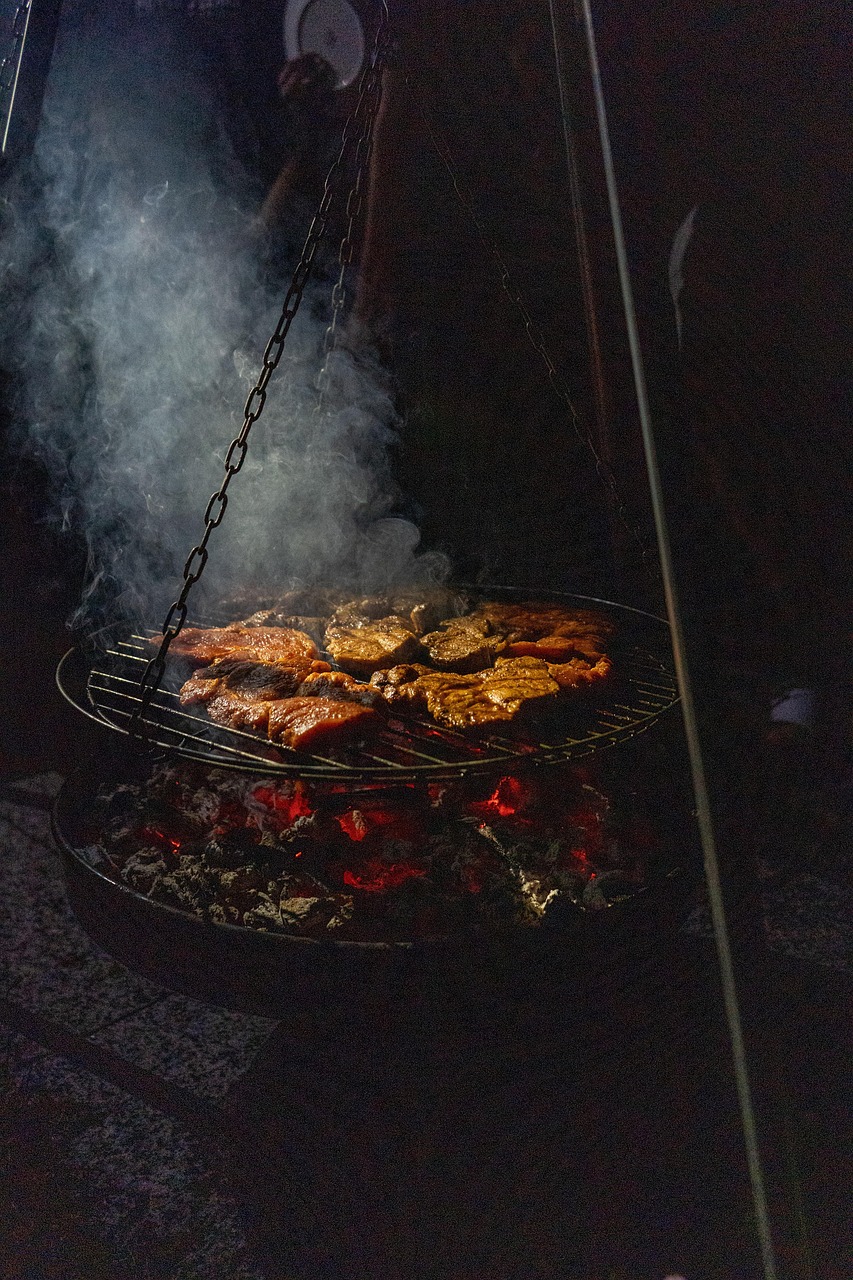
This generally begins with purchasing a bag of processed charcoal briquettes. A charcoal chimney starter is a traditional (but generally underused) method for getting a consistent heat from your coals. Alternatively, they can be lit in a pyramid directly inside the charcoal grill after presoaking with lighter fluid.
Charcoal grills are one of the most used types of grills. Charcoal grills utilize charcoal and lighter fluid to heat up and cook your food. Charcoal grills come in all shapes and sizes, and vary in cost.
Charcoal grills come in small sizes, which are ideal for apartment dwellers or people with small homes. Once you have used your charcoal grill, you can clean it, and store it away.
One of the most noticeable features when using charcoal is the flavor of the food you cook. To cook with a charcoal grill, you must buy charcoal briquettes and lighter fluid. Charcoal is a one use item, and will need to be discarded after each use. Charcoal can be picked up at your local superstore, gas station, or grocery store, and is typically pretty inexpensive. Charcoal must be light and allowed to burn until the charcoal is no longer on fire, but is red embers. The best way to get the pile to burn is by stacking it in a pyramid.
After all coals are ashed-over (generally 15-25 minutes), they are spread around the perimeter of the grill, and the meat is placed in the center for indirect cooking. For additional flavor and attractive appearance, thicker cuts of meat may optionally be seared over direct heat (outer perimeter of grill) prior to indirect cooking in the center. Water-soaked wood chips (such as mesquite, hickory, or fruit trees) are often added atop the coals for an extra smoky flavor. The temperature of the grill is controlled by the amount and distribution of coal within the grill and through careful venting.
An alternative to charcoal briquettes is lump charcoal. Lump charcoal is wood that has been turned into charcoal but unlike briquettes it has not been ground and shaped. Lump charcoal is a pure form of charcoal and is preferred by many purists who fear that artificial binders may be used to hold briquettes in their shape.
Smoker Grills
Smoker Grills are used when flavor is the number one priority. Smoker grills use wood to slow cook your meat. Flavor can be controlled by using different types of woods.
The choice and combination of woods burned result in different flavors imparted to the meat. Different types of wood burn at different temperatures. The heat also varies by the amount of wood and controlling the rate of burn through careful venting.
The type of wood chosen is really what sets this method apart from the others. This is where the gourmet can really experiment. Let’s go through some of the woods available to get a feel for the differences we can expect.

Some of the common types of wood used is:
Cherry – Similar to apple, but slightly bitter because most Cherry wood comes from chokecherry trees. / Use on Poultry-turns skin dark brown.
Wild Black Cherry – Is hard to get a hold of but offers a distinctively sweet and fruity smoke. Great with beef, poultry & game birds.
Sugar Maple – Smoky, mellow and lightly sweet. / Use on Fish & Beef. Good with lamb, goat, pork, poultry, cheese, vegetables and small game birds.
Hickory – The most highly used wood, both commercially and for home use. Has a strong, heavy, bacon Flavor. / Use on Pork, Ham, and Beef.
Mesquite – One of the hottest burning woods. Predominately Honey, earthy flavor with a slightly bitter aftertaste. / Use on Beef, Fish, Poultry.
Oak – A lighter version of mesquite. Red oak is quite Similar to mesquite; white oak is milder. / Use on Beef & Fish.
Golden Birch – Is very delicate & slightly sweet, typically used with fish, pork, lamb, goat, poultry, and light-meat game birds. As a smoke source Golden birch would be used to smoke Salmon.
Wild Apple – Is slightly sweet with a fruity smoke flavor. Used mainly for beef, poultry, game birds, and pork (particularly hams).
White Cedar – has a fine light smoke, and doesn’t add much in the way of other flavors. Ideal for cooking fish, beef, and pork.
